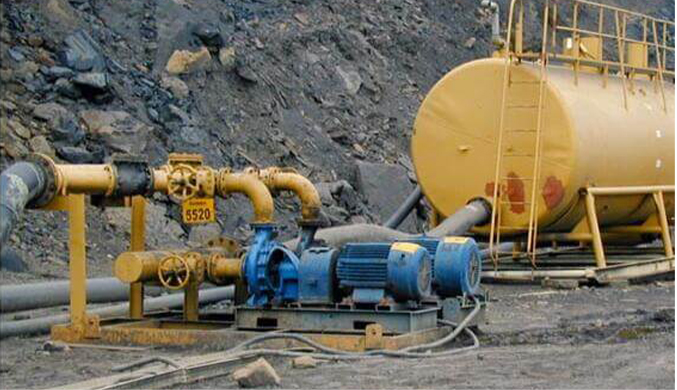English
- Afrikaans
- Albanian
- Amharic
- Arabic
- Armenian
- Azerbaijani
- Basque
- Belarusian
- Bengali
- Bosnian
- Bulgarian
- Catalan
- Cebuano
- Corsican
- Croatian
- Czech
- Danish
- Dutch
- English
- Esperanto
- Estonian
- Finnish
- French
- Frisian
- Galician
- Georgian
- German
- Greek
- Gujarati
- Haitian Creole
- hausa
- hawaiian
- Hebrew
- Hindi
- Miao
- Hungarian
- Icelandic
- igbo
- Indonesian
- irish
- Italian
- Japanese
- Javanese
- Kannada
- kazakh
- Khmer
- Rwandese
- Korean
- Kurdish
- Kyrgyz
- Lao
- Latin
- Latvian
- Lithuanian
- Luxembourgish
- Macedonian
- Malgashi
- Malay
- Malayalam
- Maltese
- Maori
- Marathi
- Mongolian
- Myanmar
- Nepali
- Norwegian
- Norwegian
- Occitan
- Pashto
- Persian
- Polish
- Portuguese
- Punjabi
- Romanian
- Russian
- Samoan
- Scottish Gaelic
- Serbian
- Sesotho
- Shona
- Sindhi
- Sinhala
- Slovak
- Slovenian
- Somali
- Spanish
- Sundanese
- Swahili
- Swedish
- Tagalog
- Tajik
- Tamil
- Tatar
- Telugu
- Thai
- Turkish
- Turkmen
- Ukrainian
- Urdu
- Uighur
- Uzbek
- Vietnamese
- Welsh
- Bantu
- Yiddish
- Yoruba
- Zulu
Telephone: +86 13120555503
Email: frank@cypump.com
Oct . 02, 2024 13:43 Back to list
submersible sand dredging pump
Submersible Sand Dredging Pump A Vital Tool for Modern Maritime Operations
In the realm of maritime operations, particularly in the areas of dredging and sediment management, the submersible sand dredging pump is an invaluable tool. These pumps are specifically designed to handle the challenging task of moving sand and other sediments from the bottom of rivers, lakes, and marine environments. With advancements in technology, submersible sand dredging pumps have become more efficient, reliable, and essential for various applications, including mining, construction, and environmental restoration.
Design and Functionality
Submersible sand dredging pumps are engineered to function underwater, eliminating the need for complex piping systems that can often be cumbersome and prone to leaks. Their design includes robust materials that can withstand the abrasive nature of sand and gravel, which is crucial for maintaining operational longevity. Typically, these pumps are equipped with a high-efficiency impeller, allowing them to handle high volumes of material while maintaining a high level of efficiency.
One of the standout features of these pumps is their ability to operate at significant depths. This capability makes them ideal for applications where other forms of dredging equipment would be ineffective or excessively complicated. The submersible design also allows for greater mobility and flexibility in varying water conditions and depths, ensuring that projects can proceed smoothly regardless of environmental challenges.
Applications
The applications of submersible sand dredging pumps are wide-ranging. In construction, they are fundamental in preparing sites for building by clearing away sediment and debris. This process not only creates a stable foundation but also helps in regulating water levels in areas prone to flooding. In mining, these pumps are used to extract valuable minerals buried beneath layers of sand and sludge, contributing significantly to efficiency in raw material extraction.
submersible sand dredging pump

Environmental restoration is another critical application. Submersible sand dredging pumps play a pivotal role in dredging contaminated sediments from polluted bodies of water, thereby facilitating cleanup efforts and promoting healthier ecosystems. By efficiently removing harmful materials, these pumps aid in the restoration of natural habitats and improve water quality.
Advantages
The advantages of utilizing submersible sand dredging pumps are numerous. One of the most significant benefits is their energy efficiency. With modern innovations, these pumps consume less power, reducing operational costs while increasing productivity. Their compact size often allows for easier transportation and setup, further enhancing their practicality in varied environments.
Moreover, safety is a paramount consideration in dredging operations. Submersible pumps mitigate many risks associated with surface-mounted equipment, such as stability issues or mechanical failures when operated in challenging aquatic environments. Additionally, because they are submerged, they can reduce noise and vibrations that could potentially disturb marine life.
Conclusion
In summary, submersible sand dredging pumps are critical assets in the field of dredging and sediment management. Their innovative design, efficiency, and versatility make them essential for a range of industries, from construction to environmental restoration. As technology continues to evolve, we can expect these pumps to become even more advanced, offering enhanced capabilities that will further support sustainable practices and efficient operations in aquatic environments.
-
ISG Series Vertical Pipeline Pump|High Efficiency&Low Noise
NewsJul.29,2025
-
ISG Series Vertical Pipeline Pump - Chi Yuan Pumps Co., LTD.|High Efficiency, Energy Conservation, Low Noise
NewsJul.29,2025
-
ISG Series Vertical Pipeline Pump-Chi Yuan Pumps Co., LTD.|High Efficiency&Energy-Saving
NewsJul.29,2025
-
ISG Series Vertical Pipeline Pump - Chi Yuan Pumps Co., LTD. | High Efficiency, Energy-Saving
NewsJul.29,2025
-
ISG Series Pipeline Pump - Chi Yuan Pumps | High Efficiency, Low Noise
NewsJul.29,2025
-
High-Efficiency Vertical Slurry Pumps for Mining & Industry Solutions
NewsJul.29,2025










